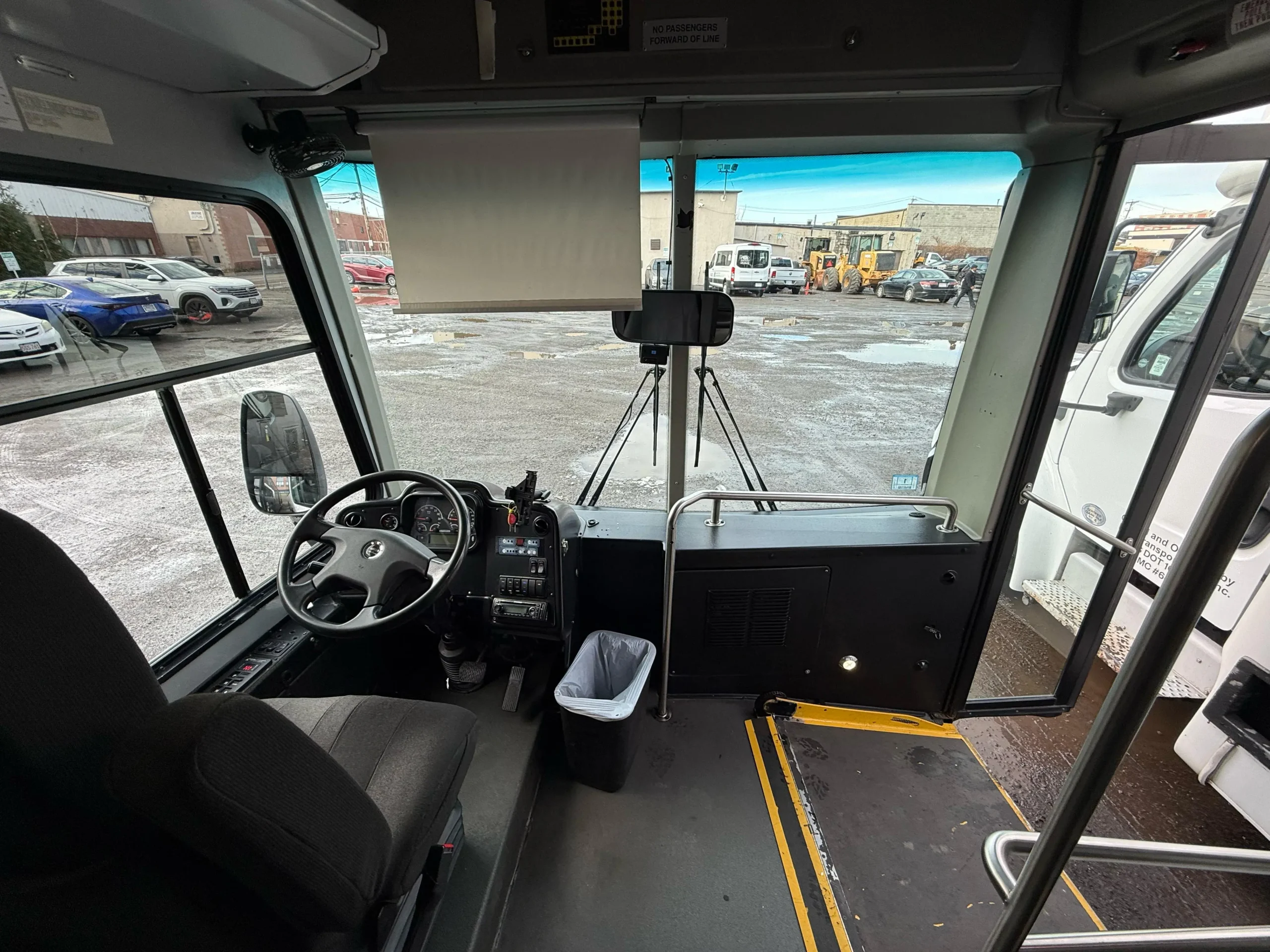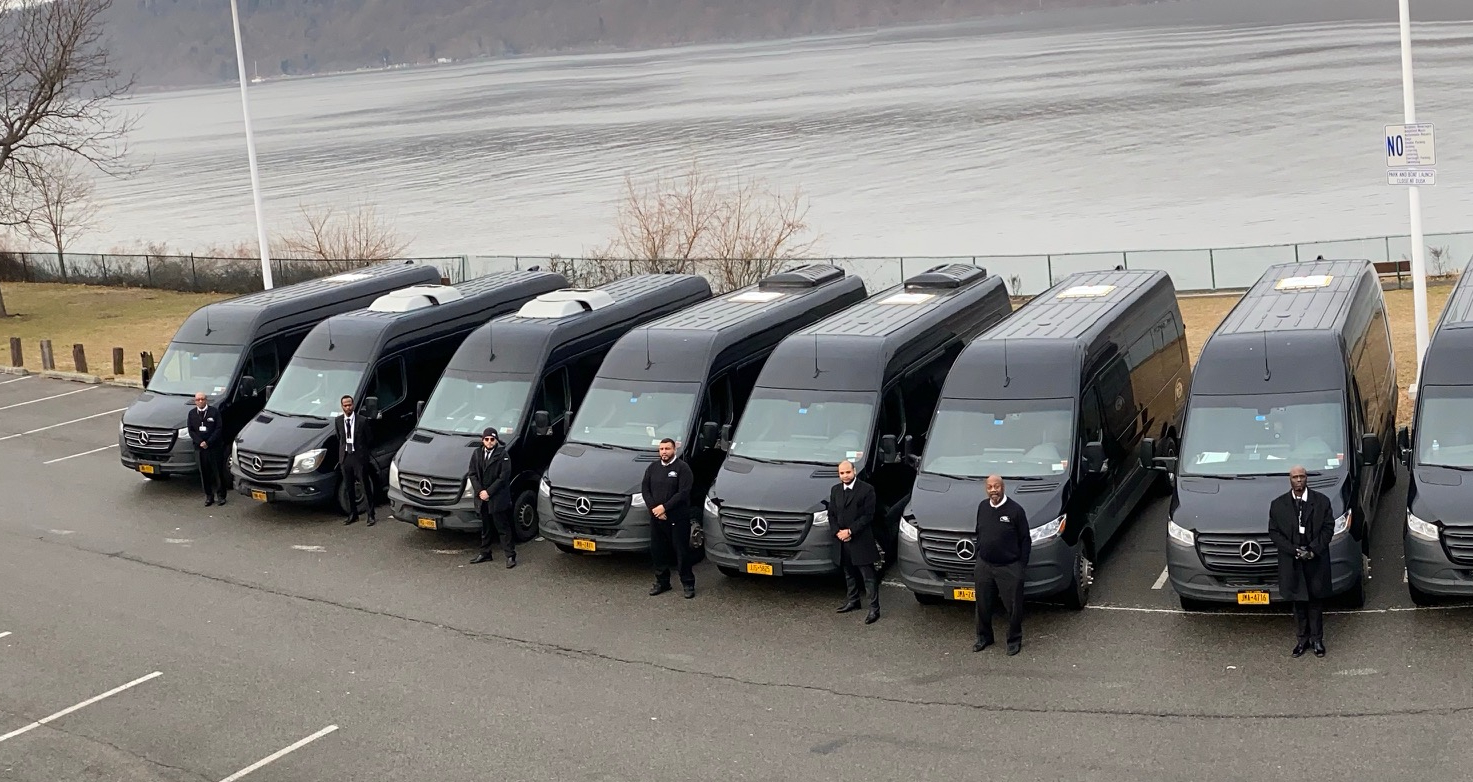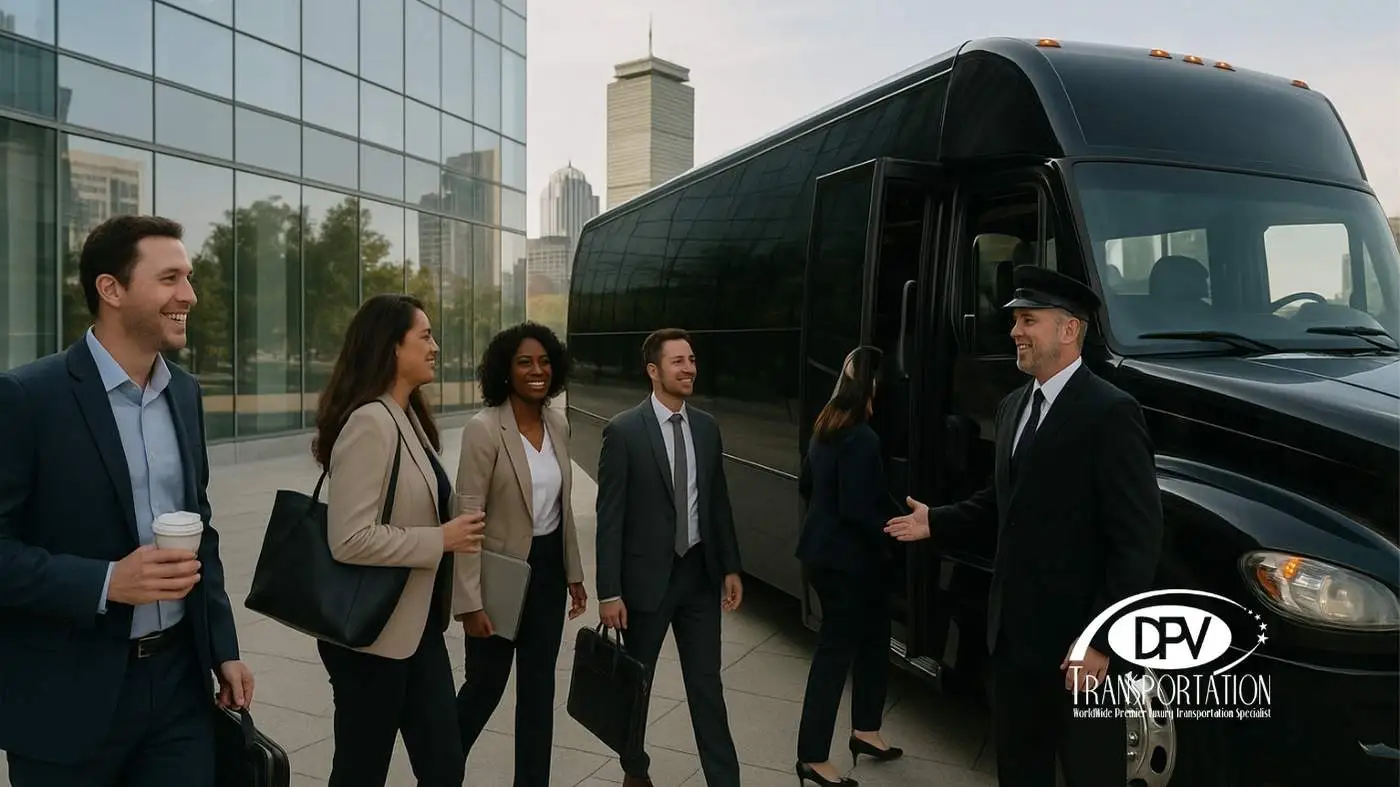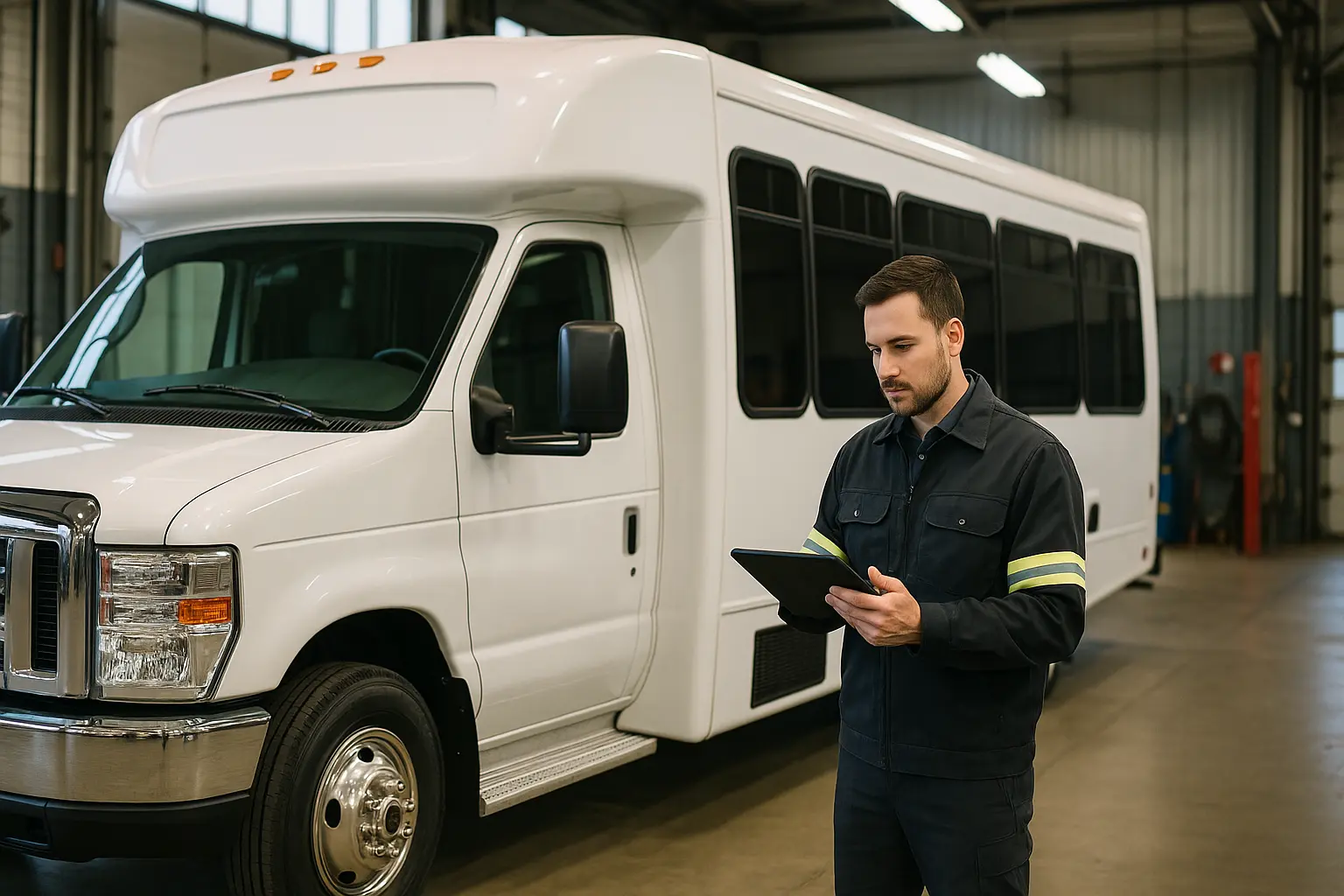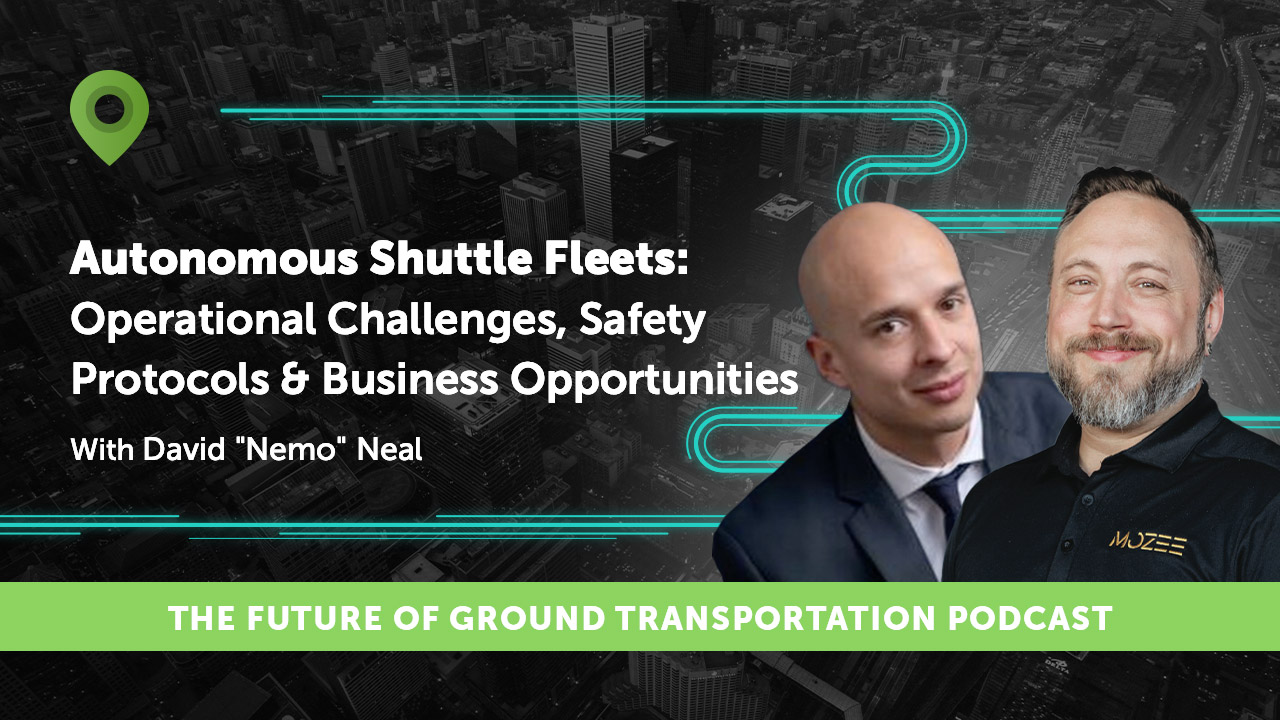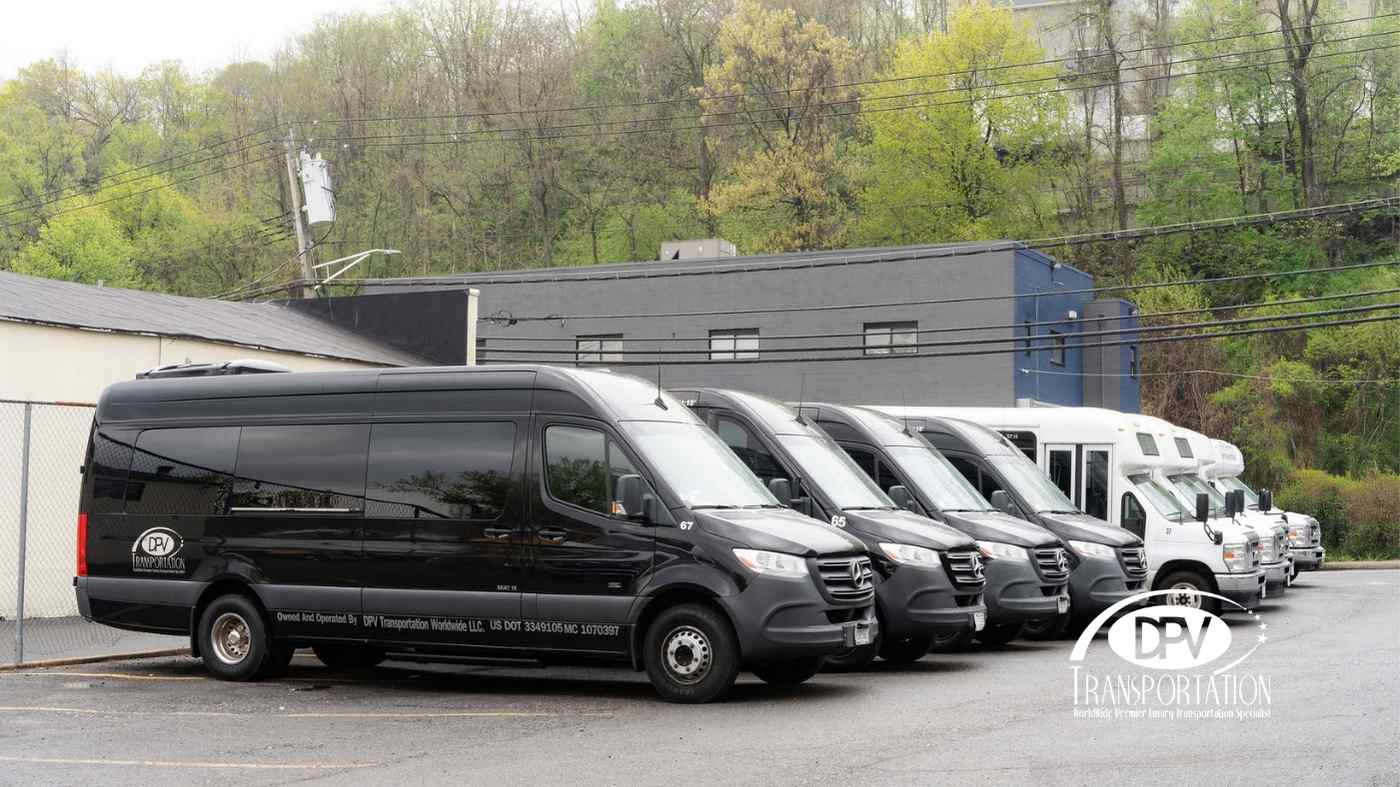
If you’re asking “How do we start a transportation program for employees?” or “Which companies provide shuttle services for staff?”—you’re not alone. HR leaders and procurement managers across industries are turning to employee shuttles as a way to solve parking shortages, reduce commuting stress, and support sustainability goals.
At DPV Transportation, we’ve helped Fortune 500 companies, universities, and government institutions launch successful workforce shuttle programs in Boston, New York, and beyond. In this guide, we’ll walk you through the essential steps to contract and manage shuttle routes for employees.
Why Companies Invest in Employee Shuttle Services
Employee shuttle programs are no longer just perks—they’re strategic tools. here are some of the benefits for companies that provide reliable transportation for their staff:
- Improve recruitment and retention by easing commuting challenges.
- Reduce parking infrastructure costs.
- Support ESG and sustainability goals with greener commuting solutions.
- Increase employee productivity by turning commutes into time for rest or work.
So…How do You Start an Employee Shuttle Program?
Step 1: Assess Your Workforce Transportation Needs
Before reaching out to providers, gather data:
- Commute patterns: Where do most employees live or most common transit hubs?
- Headcount and shifts: How many employees need transport per route and at what times?
- Location challenges: Limited parking, traffic congestion, or poor public transit access.
This data forms the foundation of your shuttle program design.
Step 2: Define Your Shuttle Program Goals
Are you looking to:
- Decrease parking demand at your headquarters?
- Attract and retain talent by offering commuter benefits?
- Cut carbon emissions by replacing hundreds of car trips with one shared route?
- or all of the above?
Clear goals will guide the provider selection and contract terms.
Step 3: Build the Business Case
Procurement and HR managers often need executive buy-in. Demonstrate ROI with:
- Cost savings from reduced parking leases or construction.
- Employee satisfaction data from surveys.
- Sustainability impact, such as tons of CO₂ reduced annually.
Step 4: Choose a Shuttle Service Provider
Not all providers are the same. When evaluating companies that offer employee shuttle services, consider:
- Safety record and DOT compliance.
- Fleet quality & Variety (vans, mini-buses, electric shuttles, motor coaches).
- Technology (GPS tracking, ridership apps, real-time reporting etc).
- Experience with large contracts in your industry.
- Certifications (MBE, DBE) if diversity spending goals apply.
DPV Transportation, for example, provides scalable shuttle solutions with advanced tracking, emissions reporting, and 24/7 dispatch support.
Step 5: Contracting Shuttle Routes
When it’s time to draft a contract:
- Define service levels (on-time performance, maximum downtime, driver credentials).
- Establish reporting requirements (ridership, fuel use, sustainability metrics).
- Negotiate flexibility clauses to scale routes up or down as workforce needs change.
- Ensure providers can accommodate ADA-accessible vehicles.
Step 6: Launch and Manage the Program
- Communicate with employees through HR portals, onboarding, and signage.
- Pilot first routes, then expand once adoption grows.
- Track usage and feedback monthly.
- Continuously optimize routes using provider analytics.
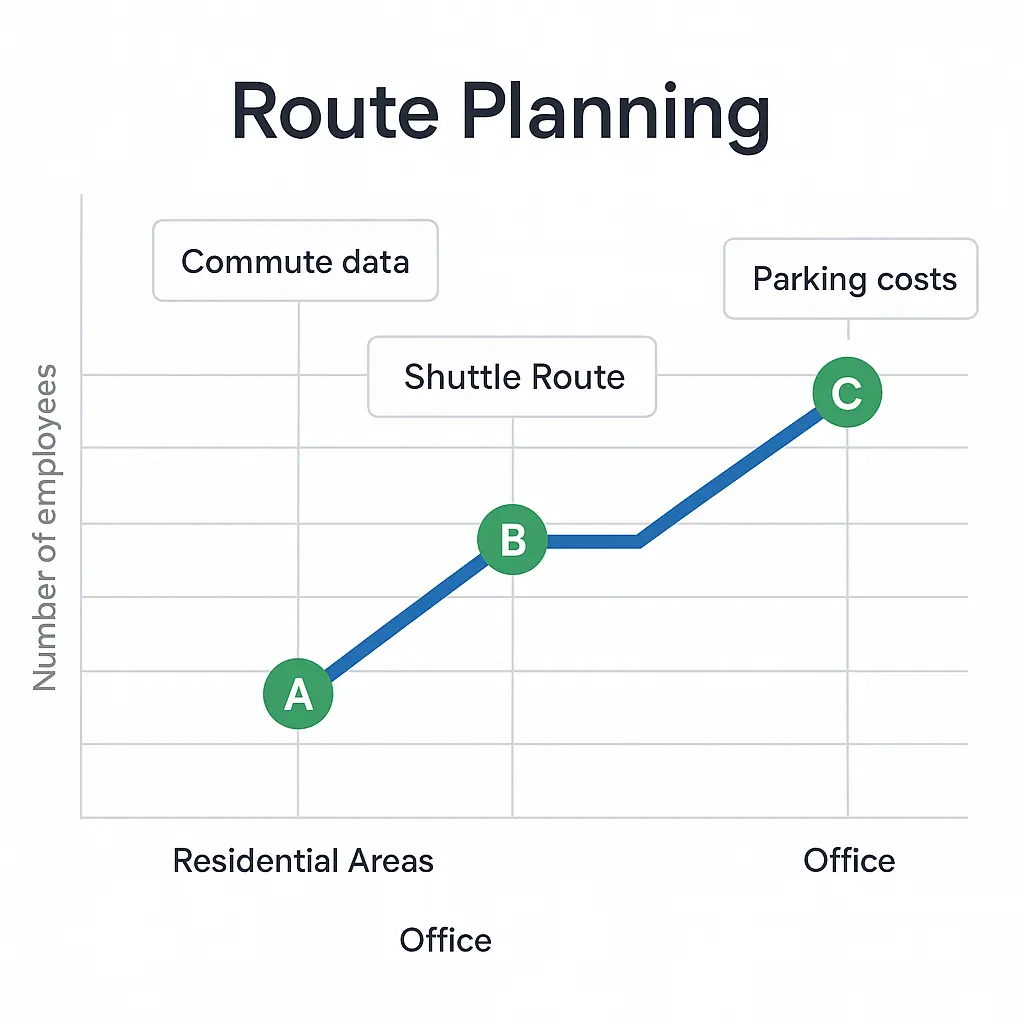
Real-World Example: Pharmaceutical Workforce Shuttle Program
When a leading pharmaceutical company faced major construction disruptions at its largest U.S. manufacturing hub in Kalamazoo, Michigan, employee parking became a serious challenge. Hundreds of workers needed a reliable way to get from off-site lots to research and production facilities without delays.
DPV Transportation stepped in with a turnkey shuttle program. We designed an unbroken loop of shuttles connecting the temporary parking area to the main campus, ensuring employees arrived safely and on time every day. A dedicated account manager and operations manager oversaw the program, providing hands-on support and real-time adjustments.
The results were immediate:
- Employees experienced a seamless, stress-free commute despite ongoing construction.
- The company avoided costly downtime and productivity loss.
- DPV’s program became a model for future shuttle contracts across the Michigan region.
This success story highlights how an employee shuttle program—when designed and managed by an experienced provider—can transform workforce challenges into long-term operational wins.
Read the full case study: From Construction Woes to Seamless Shuttles – DPV Transportation’s Success Story with Renowned Pharmaceutical
From Our Experience: Common Questions About Employee Shuttle Programs
From our experience working with HR leaders and procurement teams, several common questions come up when organizations begin exploring an employee shuttle program.
How do companies actually get started?
The first step is always data. Companies typically assess employee commute patterns, review headcounts and shift schedules, and then define the goals of the program—whether that’s cutting parking demand, improving retention, or hitting sustainability targets. Once that’s clear, the next move is to partner with a transportation provider that offers scalable routes, flexible vehicle options, and strong reporting tools.
What factors should procurement and HR consider before contracting routes?
The most important considerations include workforce size, budget parameters, compliance requirements, and ADA accessibility. Increasingly, companies are also prioritizing providers that can support sustainability goals with electric or low-emission vehicles. Finally, a proven track record with large corporate accounts matters—this ensures your provider can meet the service levels you expect.
How much does an employee shuttle program cost?
While every program is unique, most corporate shuttles start at a few thousand dollars per month per route. Costs depend on route length, the number of passengers, the type of vehicles deployed, and any added services like ridership apps or real-time reporting dashboards.
How do organizations measure success?
Procurement teams often look at adoption rates (how many employees ride the shuttle), cost savings from reduced parking or mileage reimbursement, and employee satisfaction surveys. Sustainability reporting—like tons of CO₂ reduced—is also a common success metric.
Who provides these services in Boston and New York?
DPV Transportation is among the leading providers in the Northeast, with offices in Everett, MA and Yonkers, NY. We serve corporations, universities, and government institutions by designing shuttle programs that are reliable, scalable, and backed by advanced fleet technology.

